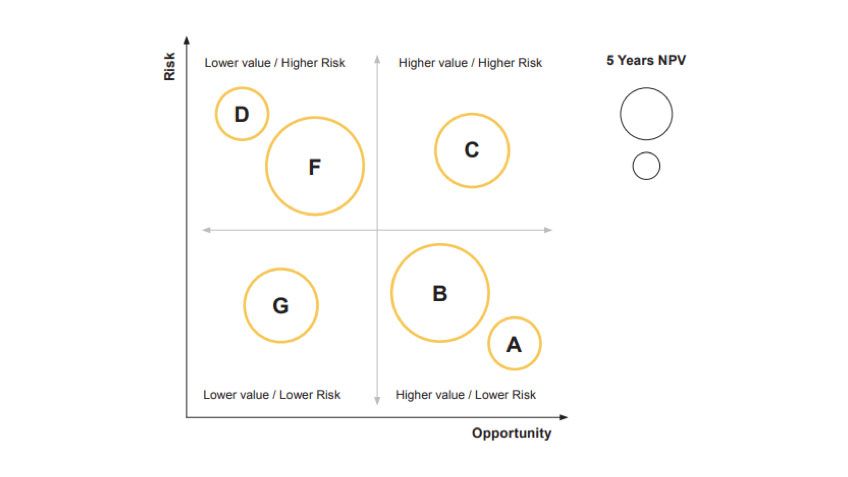In many cases, it’s necessary to do a little stakeholder education before kicking off the project. Digital transformation is not simply updating your website, creating an app, going paperless or adopting social media marketing. At its core, digital transformation means bringing together technology, processes and people to find new ways to solve business problems. Some enabling technologies can include:
- Connected workers
- Remote operations
- Autonomous operations and robotics
- Smart sensors
- Integrated platforms
- Advanced analytics and simulation modeling
Your project may include several of these technologies, and you’ll avoid our second roadblock by selecting which technologies to adopt through a problem-thinking approach.
2. Technology-thinking instead of problem-thinking
The next roadblock many companies run into with digital transformation is through their approach to selecting enabling technology. It’s easy to see the new, shiny technology out there and believe it’ll be the game changer for your mine, but digital transformation just doesn’t work like that. If you take this approach, you’ll likely end up with a bunch of disjointed systems that don’t provide the expected return on investment (ROI).
Instead, it’s important to approach digital transformation and technology investments through a problem-solving lens. Start by identifying the problems you’re seeking to solve. THEN select technology that can help you address these problems at the source. Be wary of vendors offering a complex solution to solve a simple problem.
Another tip: you’re most likely not going to find a complete solution through a single vendor. The most successful digital transformation initiatives leverage suppliers with a strong ecosystem of partners. Partnerships and a little creativity is key. If a vendor promises they can single-handedly solve all of your problems, you should be wary.




